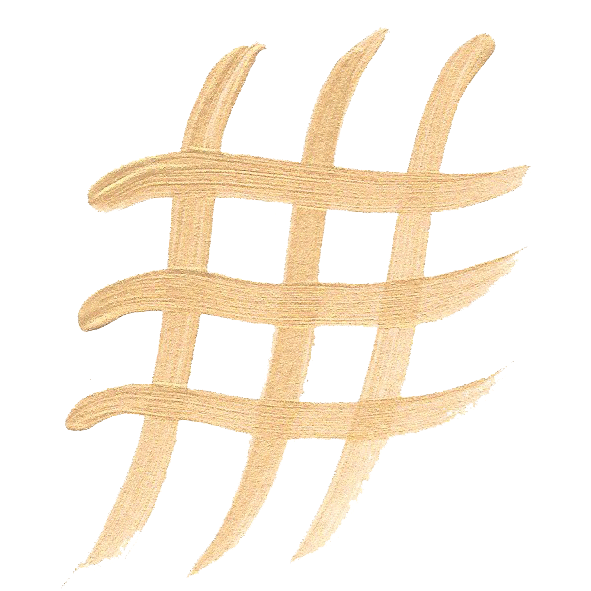Black wooden houses


This is one of my favourite works, but difficult to photograph and describe. The first two photos here were taken by my friend Jane.
This work is about remembering a house that is no longer there. Instead of making one house, I turned my original drawing into three parts. I can't think of the word, but the roof had two 'pitches' so they became separate parts and the centre became an elongated 'hallway', and this sat between the two 'pitches'. Originally the parts were displayed one next to the other. When I exhibited this piece last year, I changed this formation so that one followed the other. The houses were painted in matt enamel paint with detail handpainted over the surface. One house I carved the whole surface with a textile pattern. I wanted the detail to be almost hidden, that it only became evident on closer inspection. That from a distant the works would look all black. But up close there was dense hidden details, that suggested something else. Like memories, which seem real but at the same time are part fabrication and longing.


The 'hallway' with green interior.





Place is part of memory, and memory is also part of defining 'place'. Without a sense of place, a people can have no real sense of history. Yet people's relationships to places or their ideas of a place take different forms, form different understandings.
Place does not necessarily read as a fixed and bounded area of land; physical environments are loaded with social meaning. Place might have something to do with how the story is told of a particular way of knowing a cultural as well as a physical landscape.
Glenda Sluga, "dis/placed" MEANJIN 1989









Place absorbs our earliest notice and attention, it bestows on us our original awareness; and our critical powers spring up from the study of it and the growth of experience inside it... One place comprehended can make us understand other places better.
Eudora Welty, Place in Fiction, 1956
